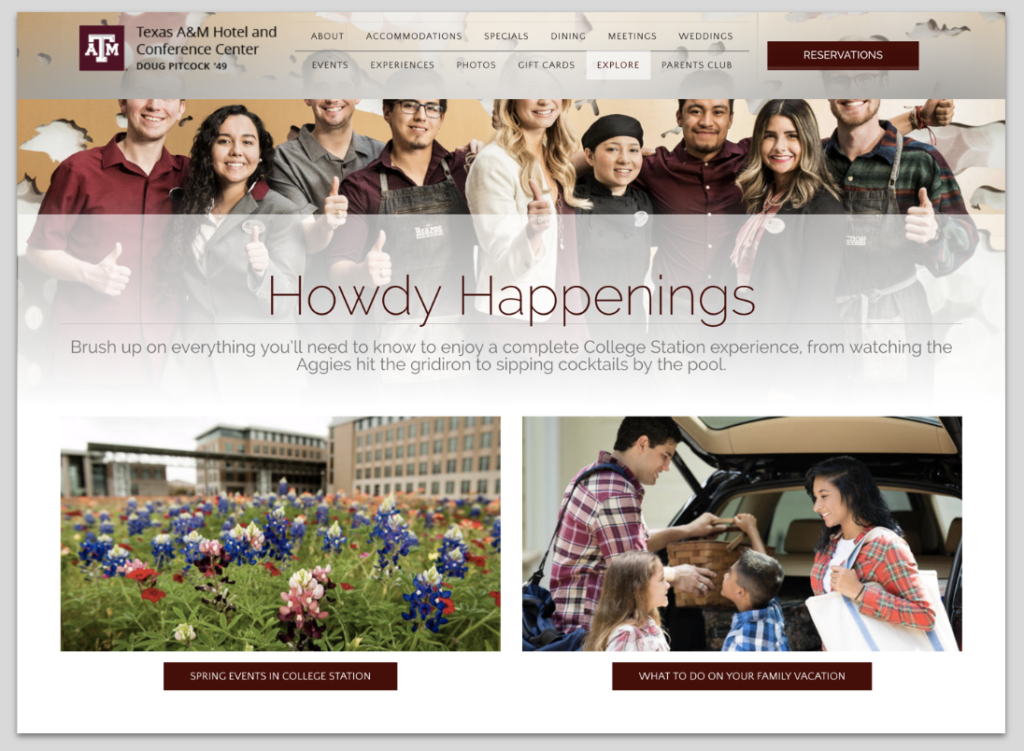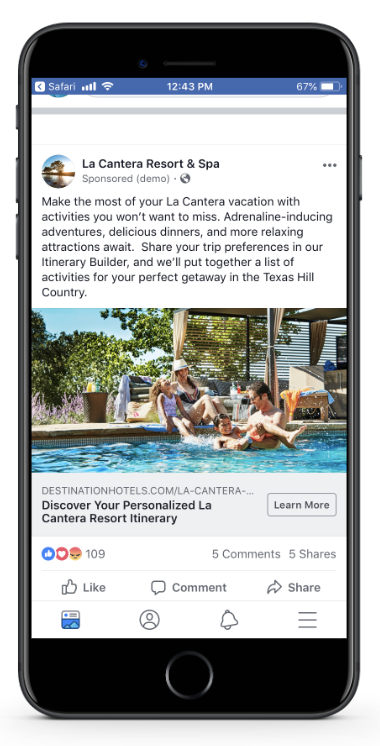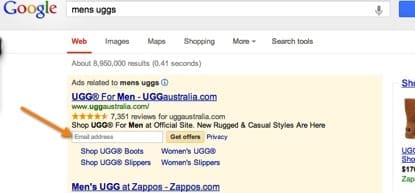
SEO and content marketing have long been connected by common threads. Now, the two rely on each other more than ever.In order to create a holistic digital marketing strategy, you must weave SEO and content marketing together by playing off of their respective strengths.
How Does Content Marketing Help SEO?
Expand Keyword Universe
Keywords have always been a pillar of SEO strategy. Yet the reality is that your website’s existing content will satisfy only a limited set of search queries. As your SEO team identifies new target keyword sets, they’ll need additional, relevant content to optimize for those terms. This is when SEO can lean on content marketing. The content marketing team can write a piece that focuses on the new keyword set. In turn, the site will show up for more search queries and therefore increase traffic to the website.
Broaden the Reach of SEO
The practice of SEO typically focuses on targeting specific audiences and keywords. But it’s also important for SEO teams to take the blinders off if they want to expand the reach of a website. This is where content marketing helps. Content marketing teams can broaden the reach of SEO by infusing the website with new topic areas. These topic areas introduce new audience segments, which improves the brand awareness of a hotel.Here at Screen Pilot, we often write content about location-specific events and things to do surrounding our properties. For one client, we brought over 3,300 new users to the website. Only a few of these users will convert, but it exposes new users at the top of the conversion funnel to the brand. You can then re-engage these users through your remarketing tactics.

A client web page created to captivate new users through area events and attractions.
How Does SEO Help Content Marketing?
User Experience
It’s one thing to write compelling content. But it’s a different strategy entirely to ensure users can properly navigate the page. The content marketing team can lean on the SEO team to implement a smooth user flow through the site. To do this, SEO teams might utilize items like call-to-actions and internal links. Creating a cohesive user experience increases engagement and results in users spending more time on the site, which leads to conversions.
Identify Reporting Metrics
It’s important to identify what a piece of content is trying to accomplish. The reality is that not every piece of content will influence a conversion. But that doesn’t mean success isn’t measurable. Content and SEO should work together to develop proper reporting metrics according to that piece’s goal. The SEO can then monitor those metrics for successes as well as opportunities for improvement.For one of our clients, our SEO team noticed that users were spending a lot of time on a client’s new piece of content, yet they were bouncing at a high rate. To combat this high bounce rate, our team tested a conversion that would trigger when a user read more than 50% of the page. We created a conversion action based on that logic and it has helped display a more accurate bounce rate based on the content strategy.
Narrow the Focus of Content Marketing
Just as the two work together to broaden the reach of SEO, the same can be done to narrow the focus of content marketing. SEO teams can assist with content creation by recommending specific keyword sets to target qualified audience segments in each piece of content. In this way, you’ll provide users with what they were searching for, therefore building trust and improving user behavior metrics. These strong behavior metrics are a key ranking signal for the Google Search algorithm.

What About Paid Media?
Content and paid media can assist each other, too. Use paid media to enhance the reach of new content. Distributing content marketing through paid channels will further increase new users and engagement. This can help create a funnel approach to content marketing as users can be targeted with different content based on where they are in the buying process.Likewise, use content to create pages specific to your paid media channels. If you’re running a campaign that involves language not on your website or targets an audience your website wasn’t made for, loop in your Content Marketing team to fill those content gaps. Paid media teams should collaborate with their SEO teams, too, as they’ll be able to optimize your new landing pages and even lend some insight into those paid keywords.
Did you enjoy the read?
Get original hospitality industry insights delivered to your inbox. Sign up to receive Screen Pilot’s #TrendingNow Newsletter.






